In the rapidly advancing world of automation, the role of electric actuators has become pivotal in industries ranging from manufacturing to robotics. Among these, the intelligent integrated electric actuator (IIEA) stands out as a key innovation, combining the capabilities of electric actuation with integrated intelligence to optimize performance and reduce system complexity. This article delves into the features, benefits, and applications of intelligent integrated electric actuators, shedding light on how they are shaping the future of automation.
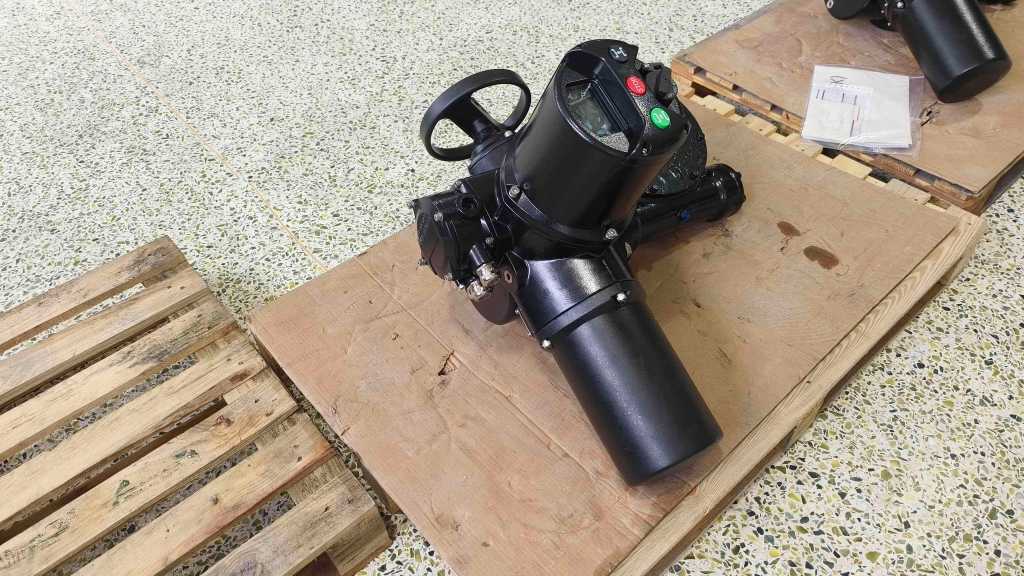
What is an Intelligent Integrated Electric Actuator?

An intelligent integrated electric actuator (IIEA) is a sophisticated mechatronic device designed to convert electrical energy into mechanical motion, all while incorporating smart functionality. Unlike traditional actuators that merely convert power into motion, an IIEA integrates sensors, controllers, and feedback mechanisms within a single compact unit. This integration allows the actuator not only to perform its intended tasks but also to communicate, adapt, and optimize its performance in real time, offering superior control and efficiency.
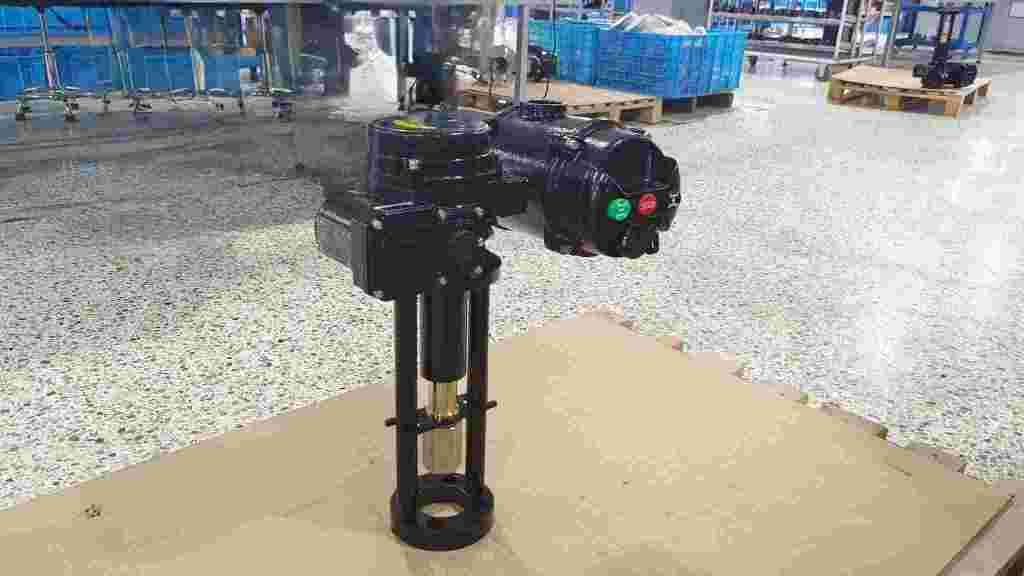
The integration of intelligence in these actuators goes beyond simple automation; they are capable of self-diagnostics, predictive maintenance, and real-time performance adjustments. This intelligence is embedded within the actuator’s design, eliminating the need for separate controllers and reducing the complexity of external systems.
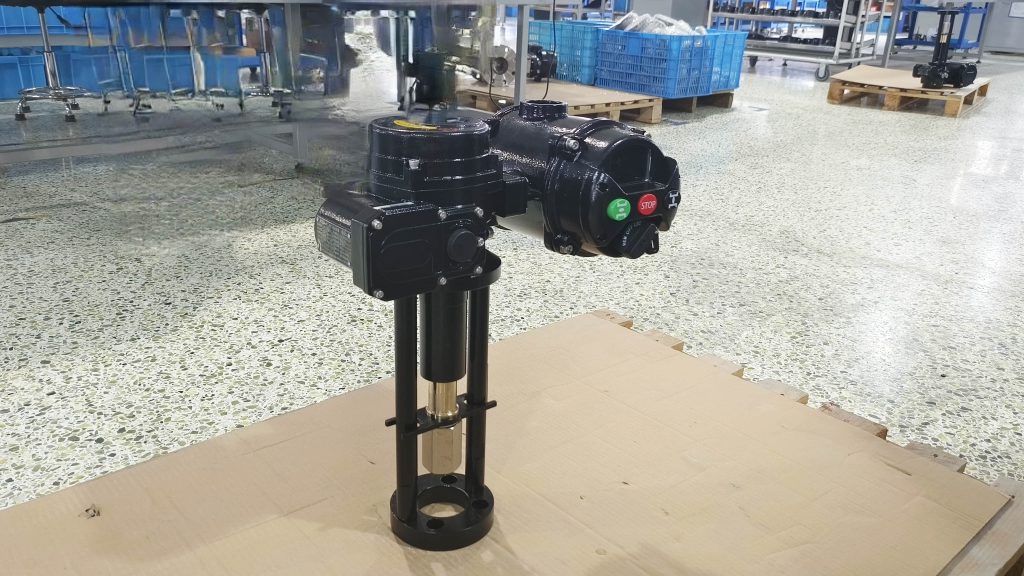
Key Features of Intelligent Integrated Electric Actuators
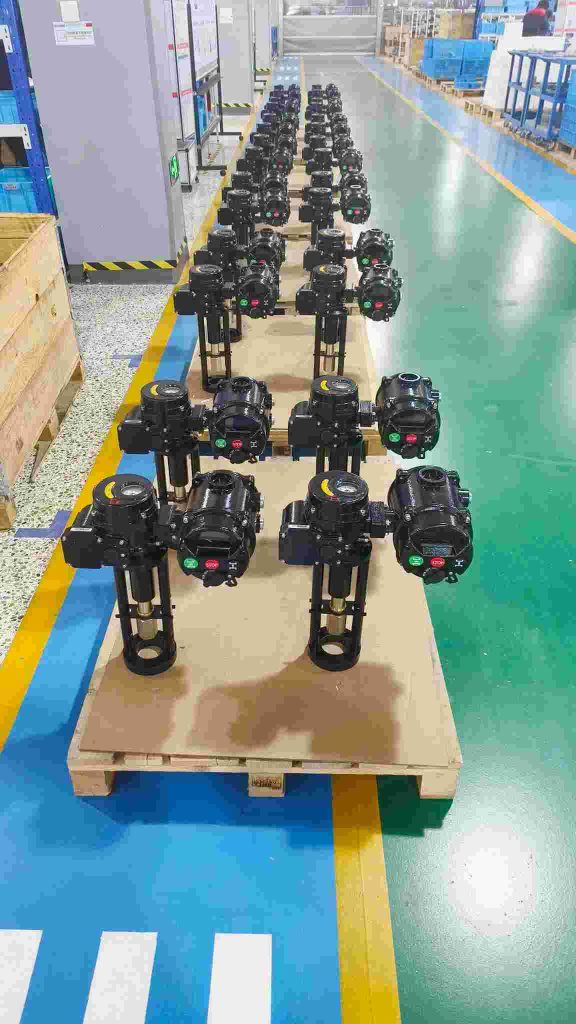
Built-in Control Systems IIEAs incorporate internal control systems, which allow them to regulate their own operation without requiring an external controller. These controllers adjust parameters like speed, force, and position, allowing for high precision and adaptability in dynamic environments. Sensors and Feedback Mechanisms The inclusion of sensors within IIEAs is one of their most valuable features. These sensors monitor parameters such as position, speed, torque, and temperature, providing real-time feedback to the actuator. This data enables the actuator to make adjustments on the fly, ensuring that the system operates within its optimal range, enhancing both performance and safety.
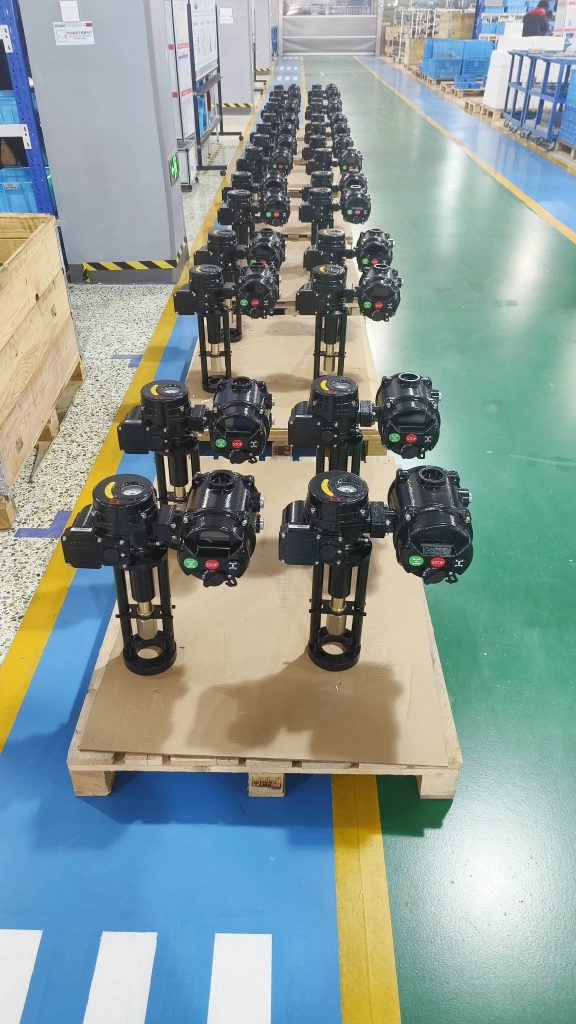
Leave a Reply